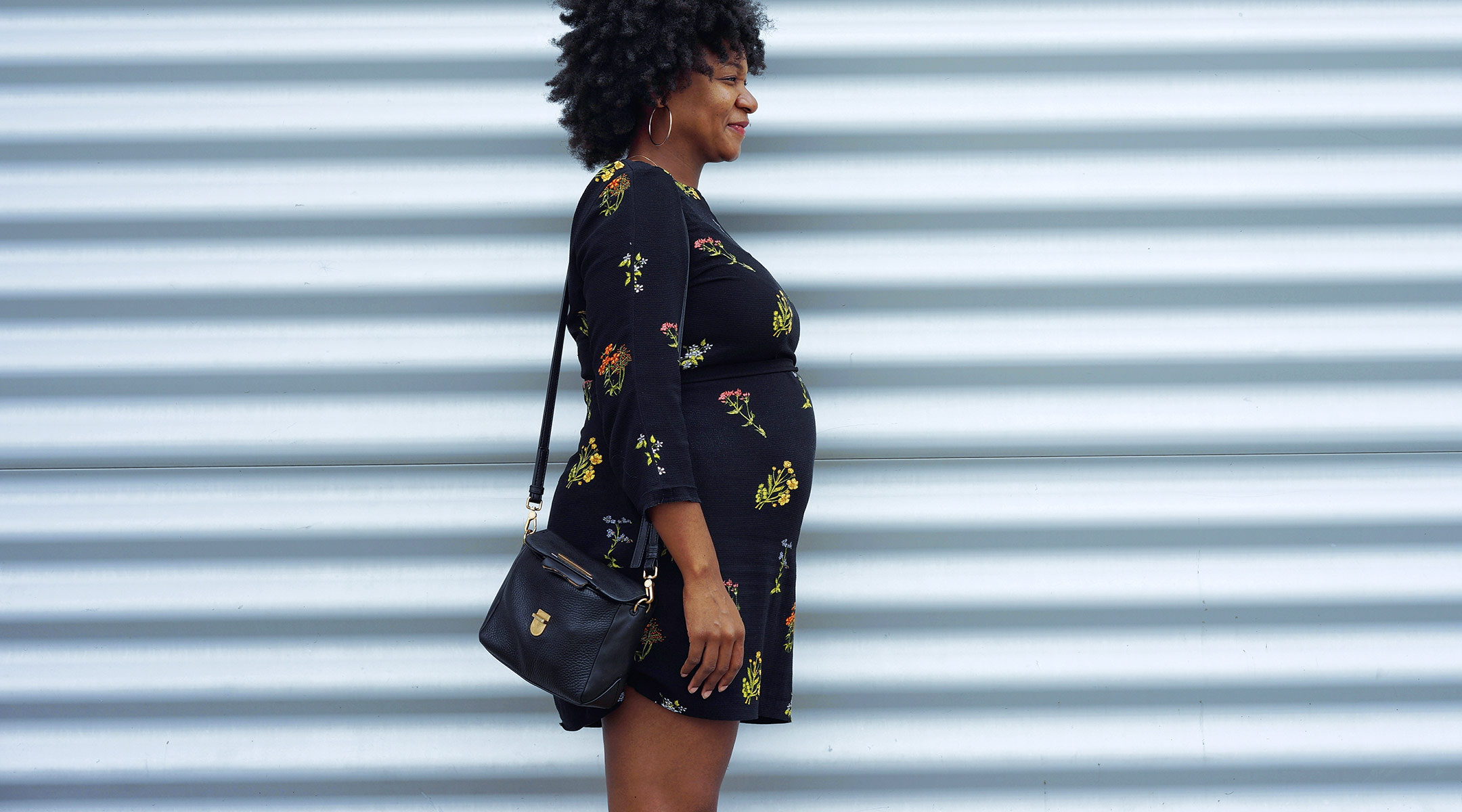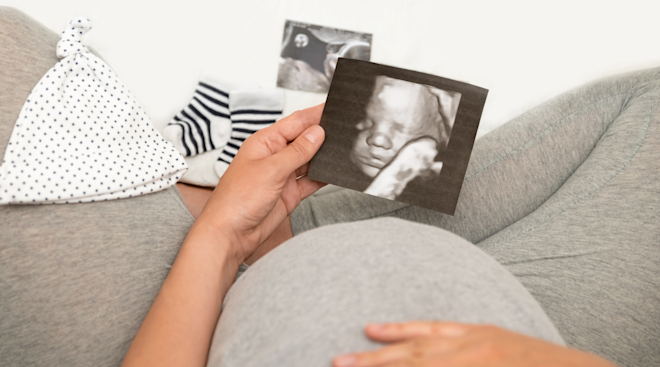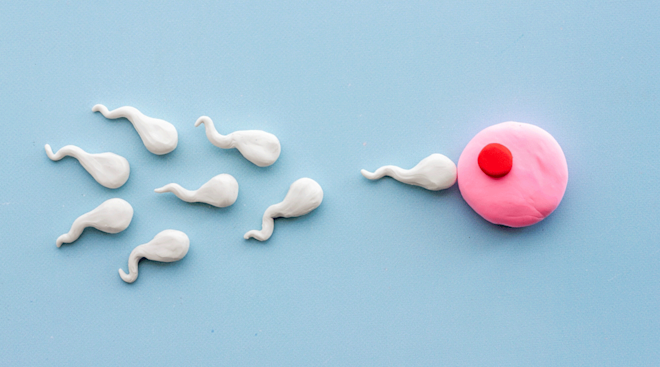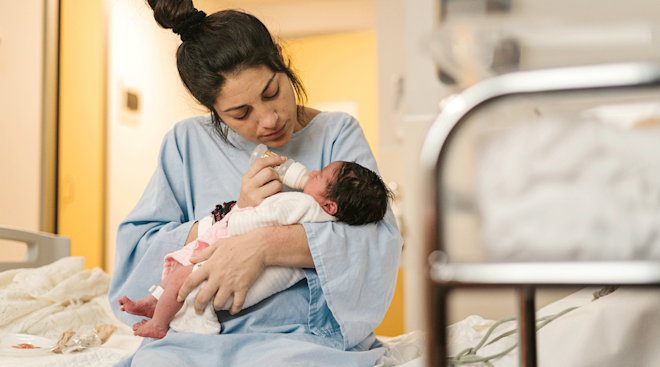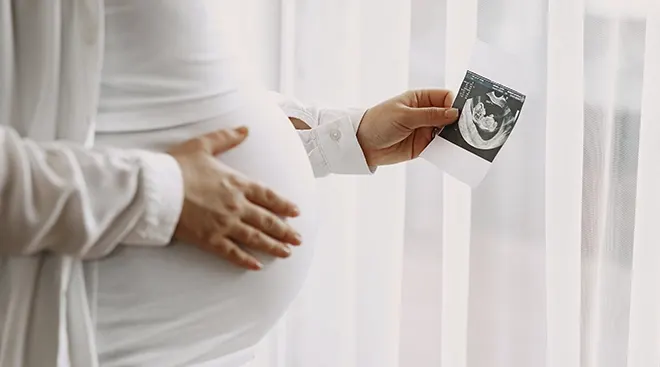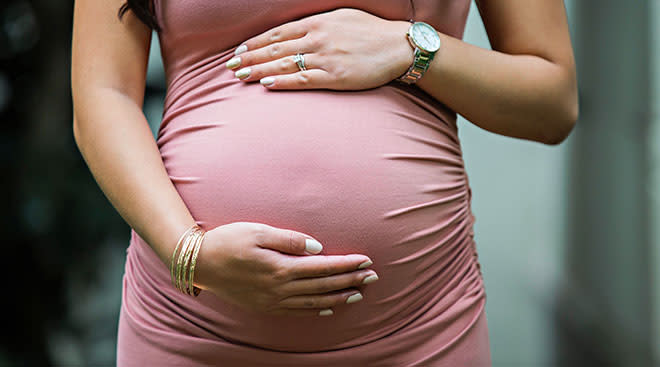This Is How Mom’s and Baby’s Cells Communicate During Pregnancy
The bond between mom and baby is like no other during those nine intimate months you share together, so it totally makes sense that you two form a language of your own. For the first time, researchers at The University of Texas Medical Branch (UTMB) have unlocked the mysteries surrounding how a pregnant mother’s cells and her baby’s communicate throughout pregnancy. Using this intel, they say they can develop non-invasive methods of monitoring and improving the health of baby while in the womb.
Throughout pregnancy, there’s constant communication between maternal and fetal cells using sacs filled with chemicals called exosome, the study says. Thanks to previous research, we already know that baby’s exosomes signal to a mother’s body that baby’s organs have fully matured, thus triggering the labor and delivery process. “Given this, we sought out to learn more about the extent and capabilities of this communication system in order to develop new ways to monitor and support the fetus during pregnancy," says senior author Ramkumar Menon, UTMB associate professor in the department of obstetrics and gynecology.
To gain more insight, the researchers used mice to test exosome trafficking and function. In order to tell the difference between fetal and maternal exosomes, the mice were genetically engineered to have certain exosome proteins glow in fluorescent red and green colors when blood and tissue samples were stained and viewed under a microscope.
They learned that isolating and monitoring baby’s exosomes traveling to the maternal side is a good indicator of baby’s health and development, and can be measured in “minimally invasive” blood samples from the mom-to-be. Another takeaway was that trafficking of exosomes from the mother’s side to baby’s side produces functional changes.
They hope their findings can be used to prevent premature births, which have been on the rise in recent years. “We will test the usefulness of drugs enclosed in exosomes that can potentially cross the placenta barrier, reach the fetus and prevent fetal inflammation, a major cause of preterm birth for which there is currently no drug treatment,” says Menon. “Fetal inflammatory response is primarily responsible for preterm delivery, which impacts 15 million pregnancies yearly and is responsible for 1 million neonatal deaths.”
The researchers have received a $1.5 million three-year contract to test their new approach in treating premature births. Hopefully their observations on cell communication will help lead to breakthroughs that will promote mom’s and baby’s health.
Please note: The Bump and the materials and information it contains are not intended to, and do not constitute, medical or other health advice or diagnosis and should not be used as such. You should always consult with a qualified physician or health professional about your specific circumstances.
Navigate forward to interact with the calendar and select a date. Press the question mark key to get the keyboard shortcuts for changing dates.
































